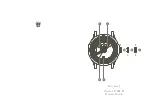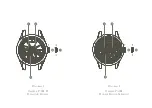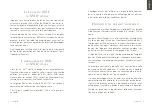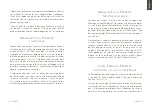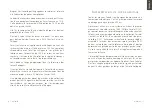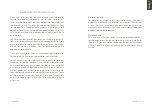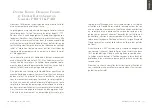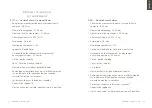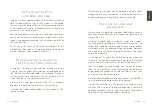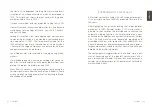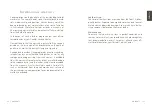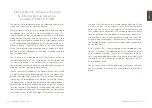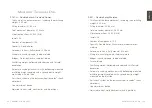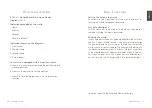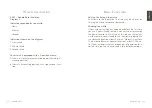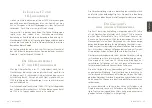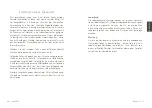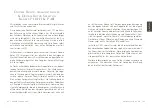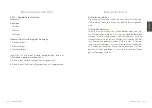
18
19
| HISTORY
HISTORY |
L
e
L
ocLe
In
the
17
th
and
18
th
centurIes
Imagine the lofty, isolated plateau of the Neuchâtel country-
side, reaching heights of up to 1000 meters. At this period,
the only means of descent from this elevated land to the rest
of the world was by foot or in horse-drawn carts. The climate
was harsh, with severe winters.
Bear, wolf and boar were hunted here. Conditions were tough
and human values were of paramount importance : mutual
support and generosity enabled the first inhabitants to build
their communities.
At this time, the town of Le Locle formed part of the
Principality of Neuchâtel, a territory owned by the Kings of
Prussia, Frederick I, then Frederick-William II.
w
atch
and
cLock
-
makIng
In
the
17
th
and
18
th
centurIes
During the 17th century, watch and clock-making was mainly
a French, German and English trade, but at the beginning of
the 18th century it flowered rapidly in Switzerland. As soon as
this new activity was established in Geneva, during the 1700s,
it also took root in the Neuchâtel mountains.
A blacksmith, Daniel Jean Richard (1665-1741) is acknowl-
edged as the founding father of Swiss watchmaking.
It was he who introduced the trade first to La Sagne in 1705,
then to Le Locle.
Watchmaking was now well-established and definitively
recognized as a Swiss occupation. It enabled the mountain
dwellers and peasants to glimpse a better way of life.
t
he
story
oF
a
brILLIant
watchmaker
Watchmaking as a profession had been established in Le Locle
for 30 years when Abraham-Louis Perrelet was born there on
January 9th 1729.
His father, Daniel Perrelet, was both a farmer and a carpen-
ter. During the long winters in the Neuchâtel mountains, he
made tools, including some extremely fine ones intended for
watchmakers. Like any deprived child of the period, Abraham-
Louis made himself useful, helping his parents in the fields
and in the workshop.
At the age of 20, seeing that watchmaking was increasing
in scale in the Neuchâtel mountains, he gave up his humble
work to commit himself fully to this fascinating new craft.
The first problem he encountered was the lack of proper
tools. He set himself the task of overcoming this deficiency
by designing and producing a number of tools himself, such
as the planter or the rounding tool.
He invented, developed and refined a series of new combina-
tions to improve the performance of timepieces.
He was, for example, the first person in Le Locle to make
watches with cylinder and duplex escapements, date and
equation. Despite his youth, he built himself a solid reputa-
tion, and he was widely consulted as an expert.
ENGLISH


